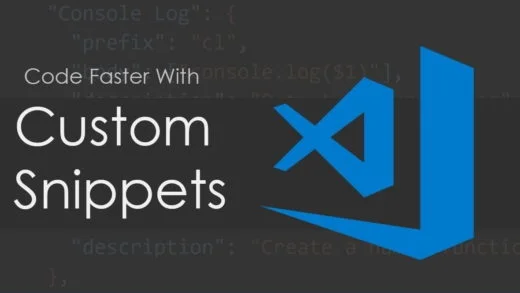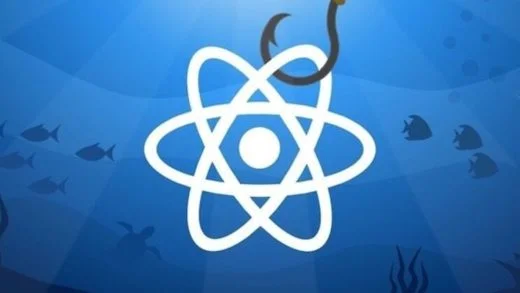
Managing Python dependencies using Virtual Environments
When we start building a Python project that goes beyond simple scripts, we tend to start using third-party dependencies. When working on a larger project, we need to think about managing these dependencies in an efficient manner. And when installing dependencies, we always want to be inside virtual environments. It...






















